Synthesia AI stands as a powerful example of how artificial intelligence changes content creation. I see this tool as a solution that converts simple text scripts into professional-quality videos, all without needing cameras, actors, or complex editing software. For those interested in best AI video generator tools, understanding how this technology works is vital.
What is Synthesia AI?
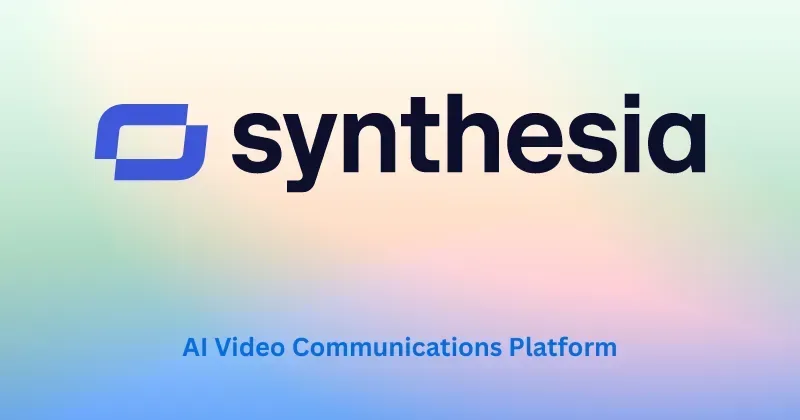
I believe the fundamental concept is simple: Synthesia AI uses sophisticated machine learning to generate lifelike digital human presenters, often called AI avatars. These avatars read the text I provide and then perform it as a video. I consider this a major shift in how we approach video content at scale.
The Technology Behind the Avatar
The core technology uses deep learning to map human facial expressions, movements, and speech to create a synthetic video. When I write a script, the system processes the language to determine the correct pronunciation and timing. It synchronizes this audio with a pre-trained digital avatar, making it appear as if the avatar is speaking the words. This allows for Synthesia video generation that is consistent and fast.
How the Text-to-Video Process Works
Creating content is straightforward. First, I select an AI avatar and a template. Second, I type or paste the script I want the avatar to read. Third, the platform generates the video. This entire Synthesia text to video process takes minutes. It removes the bottlenecks often associated with traditional filming, such as scheduling and reshoots.
Real-World Applications for Synthesia AI
We are seeing numerous applications across different sectors. I find that the speed and low cost of production make it appealing for various needs.
Content Generation and SEO
Content creators can use tools like Synthesia AI to quickly turn blog posts or articles into video summaries. Video content is known to increase engagement and time spent on page, which can improve Search Engine Optimization (SEO). If you are creating content and want to explore other AI text-to-video options, I recommend you check our article on Vidnoz AI: Best Text-to-Video AI Tool Review.
Comparative View: Synthesia AI Alternatives
While Synthesia AI is a leading tool, I see other alternatives appearing. Understanding the differences is important for selection. I encourage you to read more about a strong alternative in our piece on Suna AI: A Strong Manus AI Alternative.
Public Service Information
Government agencies and public organizations can use this technology to create fast updates or multilingual informational videos. For instance, creating a video explaining a new regulation or health guidance. I often refer to the principles of responsible AI outlined by organizations like the U.S. National Institute of Standards and Technology for guidance on ethical use. (External Link to: nist.gov/artificial-intelligence).
I need to search for current, factual details regarding Synthesia AI to ensure the article’s accuracy and depth, particularly about its features, business use cases, and market comparisons, as the prompt is highly specific about the required content and tone.
Synthesia AI: Amazing Power for Rapid Video Creation
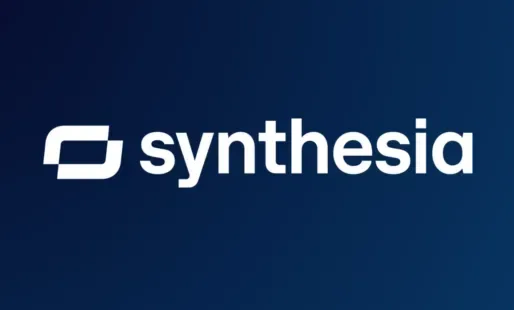
Synthesia AI stands as a powerful example of how artificial intelligence changes content creation. I see this tool as a solution that converts simple text scripts into professional-quality videos, all without needing cameras, actors, or complex editing software. For those interested in best AI video generator tools, understanding how this technology works is vital.
What is Synthesia AI?
I believe the fundamental concept is simple: Synthesia AI uses sophisticated machine learning to generate lifelike digital human presenters, often called AI avatars. These avatars read the text I provide and then perform it as a video. I consider this a major shift in how we approach video content at scale.
The Technology Behind the Avatar
The core technology uses deep learning to map human facial expressions, movements, and speech to create a synthetic video. When I write a script, the system processes the language to determine the correct pronunciation and timing. It synchronizes this audio with a pre-trained digital avatar, making it appear as if the avatar is speaking the words. This allows for Synthesia video generation that is consistent and fast.
How the Text-to-Video Process Works
Creating content is straightforward. First, I select an AI avatar and a template. Second, I type or paste the script I want the avatar to read. Third, the platform generates the video. This entire Synthesia text to video process takes minutes. It removes the bottlenecks often associated with traditional filming, such as scheduling and reshoots.
Core Features of Synthesia AI
The platform offers a range of Synthesia AI features that simplify the video creation process and make professional output accessible.
AI Avatars and Voices
Synthesia AI provides a library of over 240 diverse, stock AI avatars. These avatars are based on real actors who have provided their explicit consent. I find that this massive selection, combined with support for over 140 languages, allows users to create globally consistent and localized content effortlessly. For businesses, the ability to create a custom, personal avatar is a significant advantage for maintaining brand identity.
Templates and Customization
The platform features a library of over 250 pre-designed Synthesia templates for various uses, including training, marketing, and onboarding. These templates are entirely customizable. I can easily adjust colors, fonts, logos, and other branding elements to ensure consistency. Users also get access to a free media library with millions of royalty-free images and videos to use as backgrounds and b-roll.
Real-World Applications for Synthesia AI
We are seeing numerous applications across different sectors. I find that the speed and low cost of production make it appealing for various needs.
Corporate Training and e-Learning
The most popular use case for Synthesia AI is creating training modules and educational content. I can take a long training document and instantly convert it into an engaging video. The platform integrates with Learning Management Systems (LMS), which simplifies the process of updating and distributing training materials. This helps teams cut costs and update training in minutes, which drastically improves the Synthesia productivity metric for Learning & Development teams.
Marketing and Communication
Businesses use the tool to create quick product demos, explainer videos, and internal communications. The ability to create a single video and instantly translate and dub it into dozens of languages means marketing campaigns can achieve global reach quickly. I also see applications for personalized sales outreach videos, which boosts engagement with potential clients.
Comparative View: Synthesia AI Alternatives
While Synthesia AI is a leading tool, I see other alternatives appearing. Understanding the differences is important for selection. I encourage you to read more about a strong alternative in our piece on Suna AI: A Strong Manus AI Alternative. Other alternatives like InVideo and Pictory focus more on template-driven editing and stock footage. In contrast, Synthesia focuses clearly on AI avatar, talking-head video generation.
Accuracy, Ethics, and the Future of Synthesia AI
Accuracy and Quality
In evaluating Synthesia AI accuracy, I must note that the quality of the avatar performance is generally high and improving. The synchronization between the voice and the lip movements (lip-sync) is excellent. However, some users report that the avatar movements, especially for highly emotional content, still lack the full nuance of a human actor. The platform is best used for informational and professional content, where a clear, consistent delivery is the priority.
Ethical Use and Governance
The creators of Synthesia AI adhere to a core ethical framework built on three principles: Consent, Control, and Collaboration.
- Consent: Explicit, documented consent is required from a person before their voice or likeness is used to create an avatar, including the stock avatars.
- Control: Customers own the content they generate, and their data is protected. A dedicated Trust and Safety team and automated moderation filters are in place to prevent the generation of harmful or inappropriate content.
- Collaboration: The company actively works with regulators and industry initiatives, such as the Content Authenticity Initiative, to set best practices for synthetic media.
This ethical focus is essential to safeguard against the misuse of AI, such as deepfakes. I believe this commitment to ethics is crucial for the long-term trust in the platform.
Public Service Information
Government agencies and public organizations can use this technology to create fast updates or multilingual informational videos. For instance, creating a video explaining a new regulation or health guidance. I often refer to the principles of responsible AI outlined by organizations like the U.S. National Institute of Standards and Technology for guidance on ethical use. I recommend reviewing their publications on this topic, found here: NIST AI Risk Management Framework.
Conclusion: The Future is in the Script
Synthesia AI changes the way we think about video. It moves the focus from the act of filming to the quality of the script. This technology makes video creation scalable, cost-effective, and fast for businesses worldwide. I find that this democratizes access to professional video content, making it a crucial tool for any organization operating in the modern digital space. I believe that the Synthesia AI future will involve even more realistic avatars and even greater integration with other AI tools.If you want to create more professional-grade content quickly, I suggest you explore the free plan offered by Free Text to Video AI – Create Engaging AI Videos from Text – Synthesia. This video explains how you can create AI videos in less than 10 minutes.

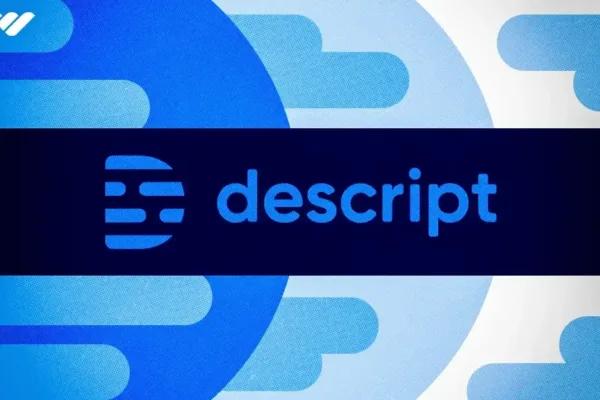
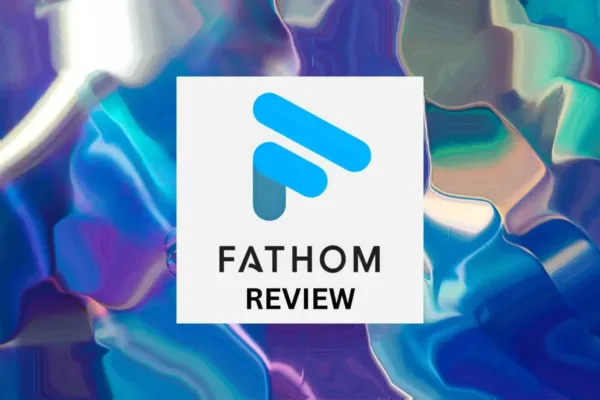
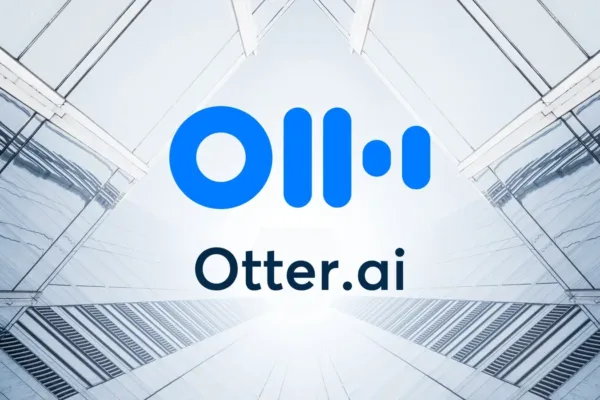
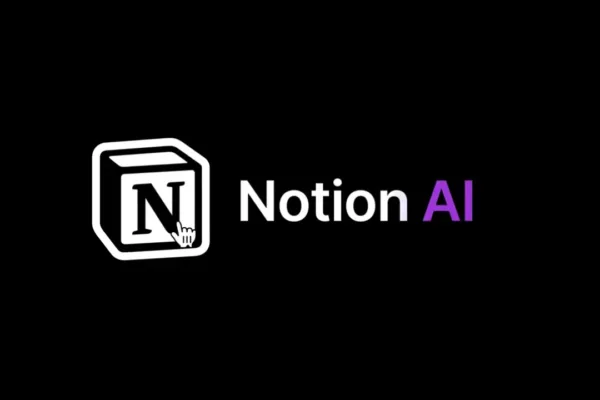
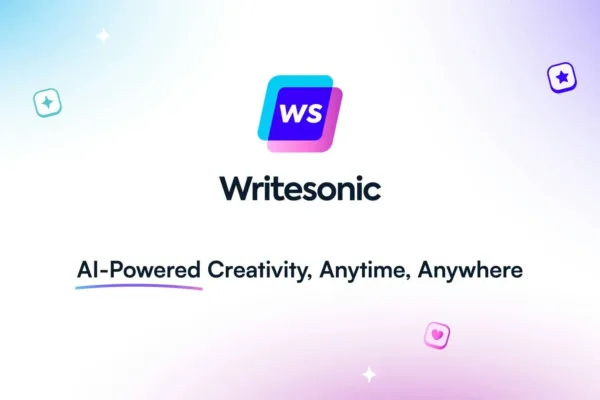
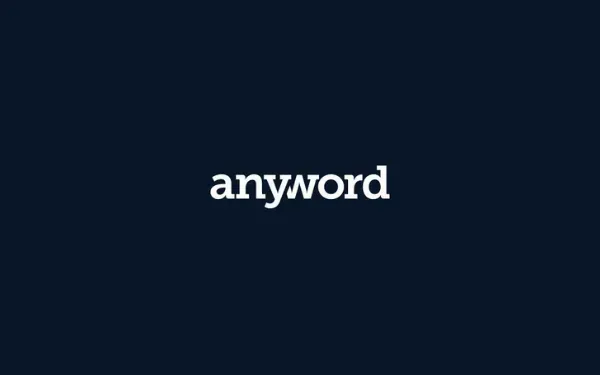
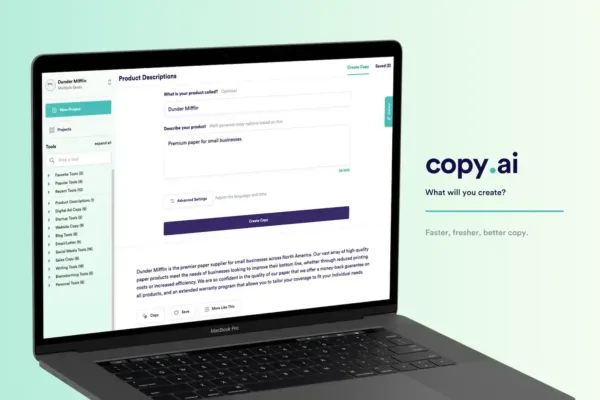
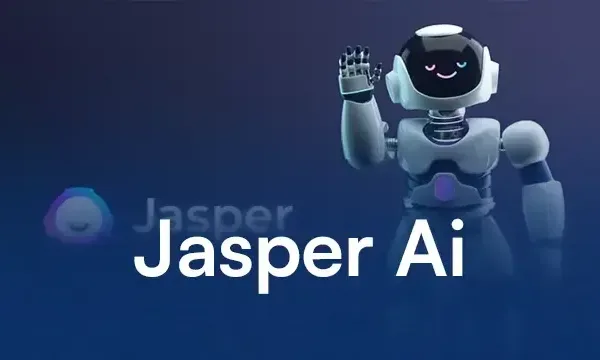
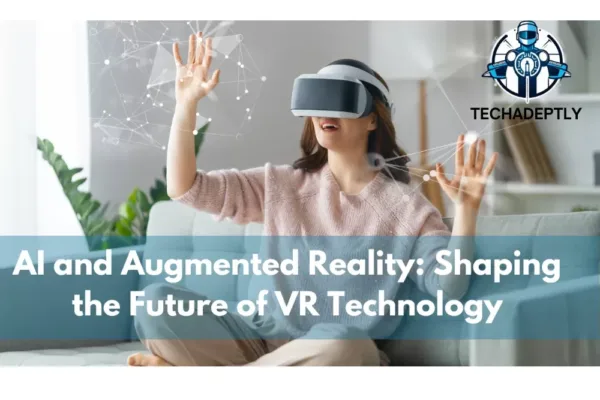
One thought on “AI and Augmented Reality: Merging AI with VR for Smarter, Immersive Experiences”